Short Sunderland Royal Air Force RAF
Production Time 9 to 10 weeks
Shipment is by FedEx, UPS or DHL International Express Courier with a normal door-to-door delivery time worldwide of within 2-3 business days after dispatch. Due to the current volatility of world fuel prices, the amount mentioned here is our best estimate for DHL and UPS and may be subject to change at the time of shipping.

Model Description: Short Sunderland Royal Air Force RAF Wood Replica Scale Custom Model Aircraft
Manufacturer: Short
Wingspan: 17.1 Inches (43.4 Centimeters)
Height: 5 Inches (12.7 Centimeters)
Scale: 1:79
$239.50
Production Time 9 to 10 weeks
-
United States dollar ($)
-
Pound sterling (£)
-
Euro (€)
-
Australian dollar ($)
-
Canadian dollar ($)
-
Singapore dollar ($)
-
Swiss franc (CHF)
-
Japanese yen (¥)
-
Danish krone (kr.)
-
Hong Kong dollar ($)
-
Norwegian krone (kr)
-
Swedish krona (kr)
-
United Arab Emirates dirham (د.إ)
General Product Description
Our PlaneArts Short Sunderland Royal Air Force RAF model exhibits unique, unrivaled quality and detailed design to come as close as possible to the accuracy of the actual plane. It comes as standard with a robust, durable base or stand which is available in a variety of different finishes designed to match your own personal requirements including solid wood, wood with polished metal supports or adjustable wood wall mount and will be ready within about 9-10 weeks from placement of order.
The Short Sunderland Royal Air Force RAF model is made of the finest kiln dried renewable mahogany wood (commonly known as Lauan or Meranti) which has undergone many stages of carving and meticulous and careful sanding giving the beautiful, finished museum quality masterpiece. Many collectors and model connoisseurs demonstrate their preference for genuine handmade and hand painted mahogany wood models rather than plastic or die cast (diecast) alternatives due to the overall look and totally different feel of the item - we trust you will find the same. We can however, if required produce the same model in Solid Cast Resin so just click and contact us for further information. Our craftsmen and gifted artisans ensure that our finely handcrafted model airplanes match the precise blueprint details of the original aircraft. The paint scheme, markings and parts are closely matched, reflecting the original aircraft. This stylish top-quality desktop replica model will surely enthrall anyone who receives this as a gift and for sure one of the most appropriate and desirably collectable gifts for any military aviation enthusiast and avid aircraft collector whilst also displaying a perfect resemblance to the actual real life version.
There are many types of military propeller aircraft, but the basic types are bombers, fighters, fighter bombers, spotter planes, transporters, patrol aircraft, trainers, and reconnaissance and observation aircraft. All these types of aircraft are used for different types of missions. If you're a fan of historic or present-day military aviation, our model aircraft will bring the excitement and character of these aircraft right into your own home. You can order a wood airplane model of a North American B-25 Mitchell Bomber, a B17 - Flying Fortress, or a P-51 Mustang Nervous Energy V not forgetting the Bf 109, Spitfire, FW 190, A6M Zero, P-38 and F4U. These classic, propeller airplane models are of the highest quality. Each is individually crafted by our expert craftsmen. They produce handmade scale mahogany airplane models of the finest aircraft from World War I and II to present day biplanes and triplanes.
If you require, we can also make the Short Sunderland Royal Air Force RAF model in any other military, government or even private livery or colour scheme you require and if necessary, in a different size or scale. Just click here to contact us with a description or photographs of what you require, and we will let you have a quotation for the necessary customization by return email. We can also make bespoke scale replicas of any other private / civil commercial airliner or airliners, helicopter, glider, gliders with engines, military jet, warplane jets, biplane, triplane, tail fin, spacecraft, rocket or NASA model you require in any airline, military or civilian livery or colors. We also produce model airships, blimps, dirigibles, blimps, boats, and ship collectibles. Wall plaque or seal for military, government or private customers. Again, by clicking here to contact us just let us know exactly what you need.
The Short Sunderland: A Flying Fortress of the Royal Air Force
The Short Sunderland was a British flying boat patrol bomber, a workhorse of the Royal Air Force (RAF) during World War II and beyond. Renowned for its remarkable endurance and versatility, the Sunderland played a crucial role in maritime reconnaissance, anti-submarine warfare, and air-sea rescue missions. This article explores the history, design, and operational legacy of one of the most iconic aircraft of the 20th century.
Development and Design:
The Short Sunderland was developed by Short Brothers, an aerospace company with a long history of building flying boats. Its design was based on the civilian Short Empire flying boats but incorporated significant modifications to meet military requirements. The aircraft first took to the skies in 1937, impressing with its range, payload, and durability.
Key features of the Sunderland included its deep, boat-shaped hull, which allowed it to land on water in adverse conditions. It was powered by four powerful Bristol Pegasus radial engines, which gave it a maximum speed of about 210 mph and a range of over 1,780 miles. The Sunderland was armed with multiple machine gun turrets and could carry up to 2,000 pounds of bombs or depth charges.
Operational History:
During World War II, the Sunderland was instrumental in protecting convoys in the Atlantic from German U-boats. Its long-range capability allowed it to patrol vast areas of the ocean, providing crucial intelligence and support to naval vessels. Sunderlands were often engaged in epic skirmishes with enemy submarines and aircraft, earning it the nickname “Flying Porcupine” due to its formidable defensive armament.
One of the most notable missions involved the Sunderland crews spotting and attacking enemy submarines, significantly disrupting their operations. The aircraft’s resilience was demonstrated in numerous encounters where it sustained heavy damage yet managed to return to base.
Post-War Service and Legacy:
After the war, the Sunderland continued to serve in various roles including in the Berlin Airlift, where it transported supplies into West Berlin during the Soviet blockade of 1948-1949. It was also adapted for use in passenger and cargo transport in remote areas, thanks to its ability to land on water.
The Sunderland was gradually phased out of military service in the 1950s, replaced by more modern aircraft. However, its legacy endures in the memories of those who flew and maintained it, and it remains a symbol of British ingenuity and aeronautical achievement.
Conclusion:
The Short Sunderland was more than just an aircraft; it was a lifeline during some of the most challenging times of the 20th century. Its contributions to wartime operations and its versatility in peace underscore its importance in aviation history. Today, Sunderlands are preserved in several museums around the world, serving as a testament to their enduring legacy in the annals of military aviation.
| Weight | 6 kg |
|---|---|
| Dimensions | 12.9 × 17.1 × 5 in |
Be the first to review “Short Sunderland Royal Air Force RAF” Cancel reply
Similar Models
Helicopters
Military Airplanes - Propeller
Military Airplanes - Propeller
Military Airplanes - Propeller
Private & Civilian
Private & Civilian
Military Airplanes - Propeller
Military Airplanes - Propeller
Military Airplanes - Propeller
Military Airplanes - Propeller
Military Airplanes - Propeller
Military Airplanes - Propeller
Military Airplanes - Propeller
Military Airplanes - Propeller
Boats, Ships & Submarines
Boats, Ships & Submarines
Military Airplanes - Propeller
Military Airplanes - Propeller
Military Airplanes - Jet
Military Airplanes - Jet
Military Airplanes - Jet
Military Airplanes - Jet
Military Airplanes - Propeller
Military Airplanes - Propeller
Military Airplanes - Jet
Military Airplanes - Jet
Military Airplanes - Jet
Military Airplanes - Jet
Military Airplanes - Propeller
Military Airplanes - Jet
Military Airplanes - Propeller
Military Airplanes - Propeller
Private & Civilian
Military Airplanes - Propeller
Military Airplanes - Propeller
Private & Civilian
Israel Aircraft Industries IAI-1124 Westwind TNT Air Couriers
Military Airplanes - Propeller
Military Airplanes - Jet
Military Airplanes - Jet
Military Airplanes - Jet
Military Airplanes - Jet
Military Airplanes - Propeller
Military Airplanes - Propeller
Military Airplanes - Jet
Military Airplanes - Jet
Military Airplanes - Jet
Military Airplanes - Jet
Military Airplanes - Propeller
Military Airplanes - Jet
Military Airplanes - Jet
Military Airplanes - Jet
Military Airplanes - Propeller
Military Airplanes - Propeller
Military Airplanes - Propeller
Military Airplanes - Propeller
Military Airplanes - Jet
Military Airplanes - Jet
Military Airplanes - Propeller
Military Airplanes - Jet
Private & Civilian
Military Airplanes - Jet
Military Airplanes - Propeller
Private & Civilian
Military Airplanes - Propeller
Military Airplanes - Jet
Military Airplanes - Propeller
Military Airplanes - Propeller
Military Airplanes - Propeller
Military Airplanes - Propeller
Military Airplanes - Propeller
Military Airplanes - Propeller
Military Airplanes - Jet
Military Airplanes - Jet
Private & Civilian
Military Airplanes - Jet
Military Airplanes - Jet
Helicopters
Helicopters
Helicopters
Military Airplanes - Propeller
Helicopters
Military Airplanes - Jet
Blackburn Buccaneer RAF 237 Operational Conversion Unit OCU Squadron
Military Airplanes - Propeller
Private & Civilian
Military Airplanes - Jet
Military Airplanes - Jet
BAe British Aerospace Hawk T.1 Mk.1 Royal Air Force RAF Red Arrows
Military Airplanes - Jet
Military Airplanes - Propeller
Military Airplanes - Propeller
Military Airplanes - Propeller
Military Airplanes - Propeller
Military Airplanes - Propeller
Military Airplanes - Propeller
Military Airplanes - Propeller
Military Airplanes - Propeller
Military Airplanes - Propeller
Private & Civilian
Private & Civilian
Helicopters
Private & Civilian

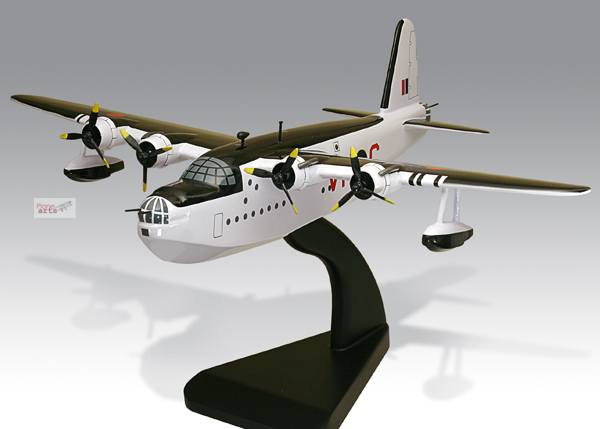
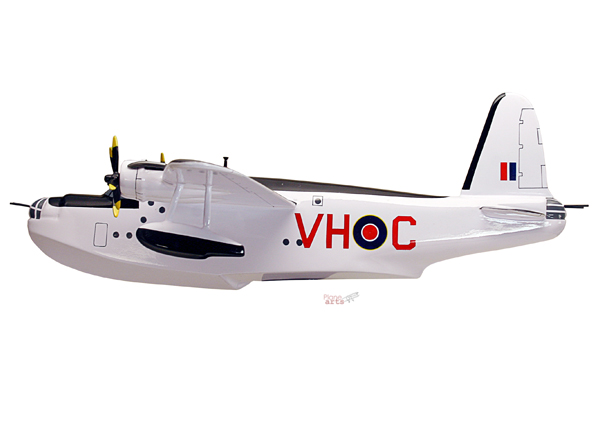
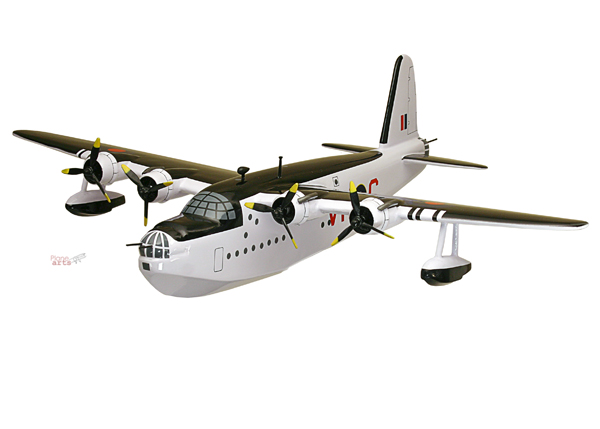
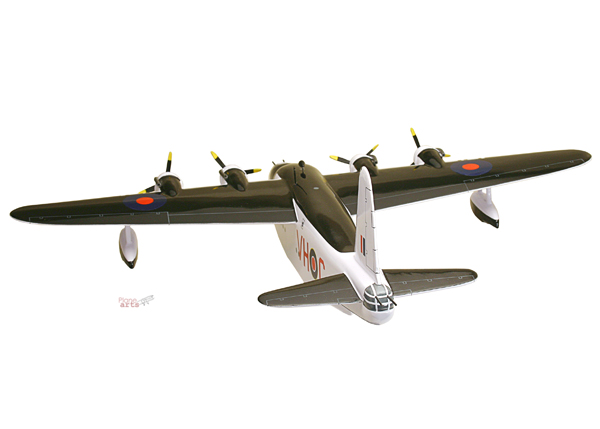

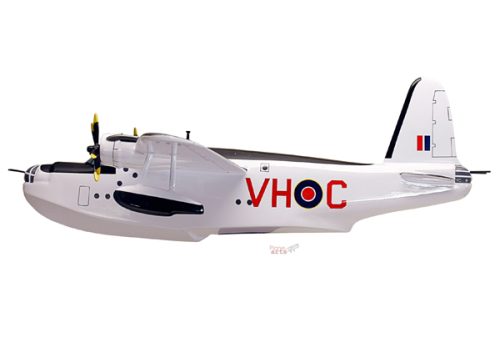
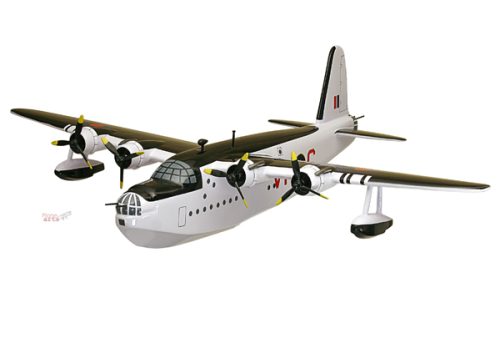
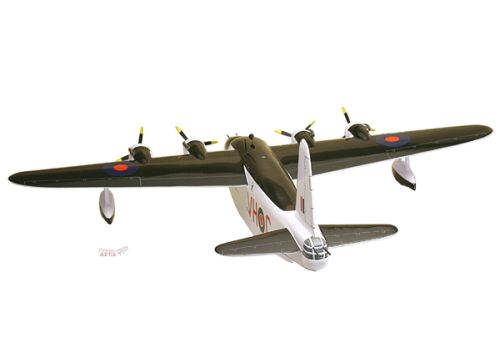

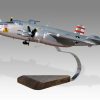
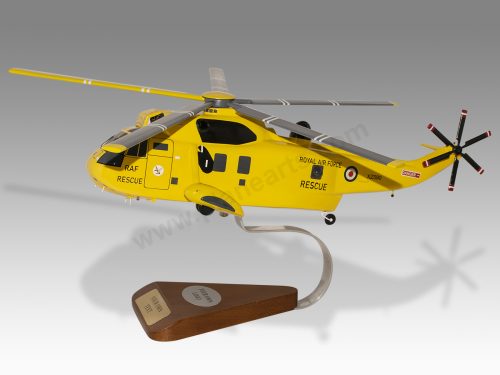
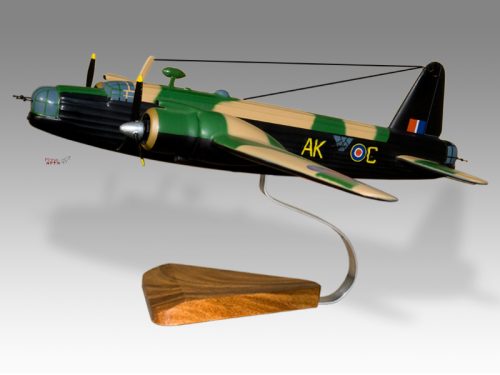

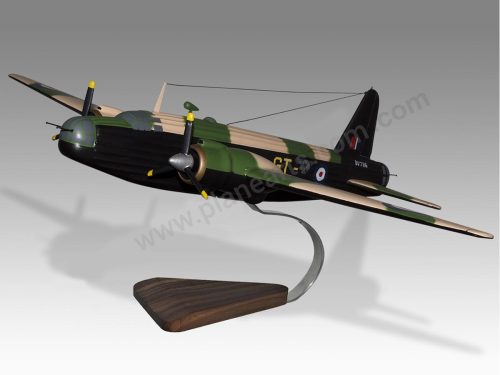

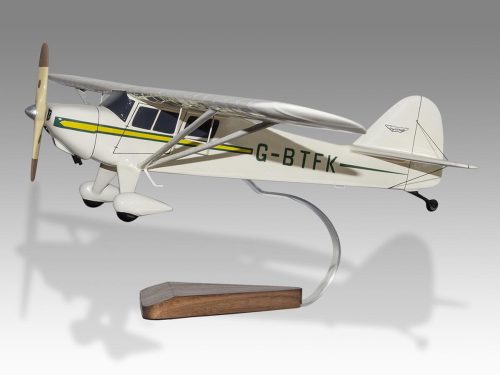
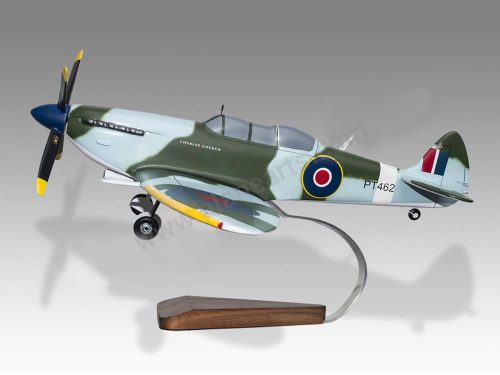
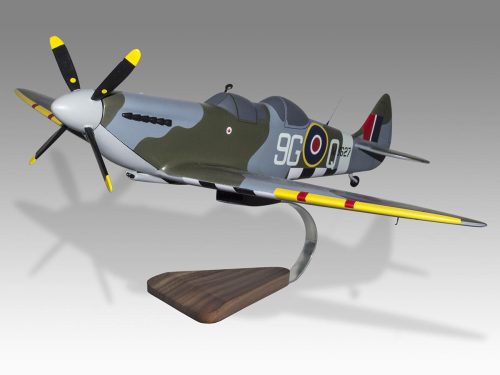
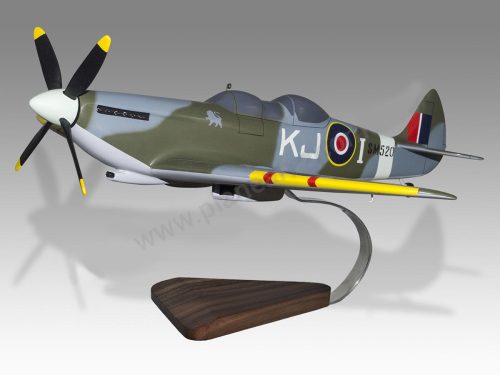
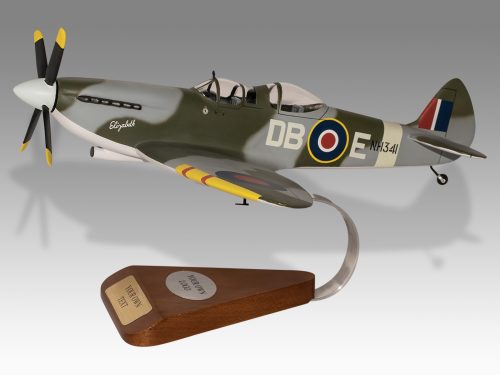
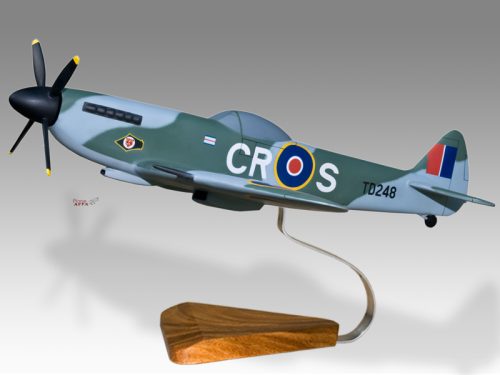
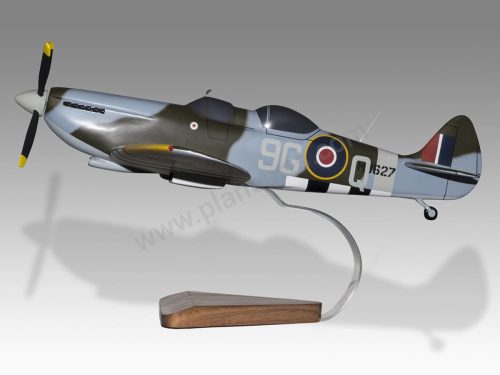
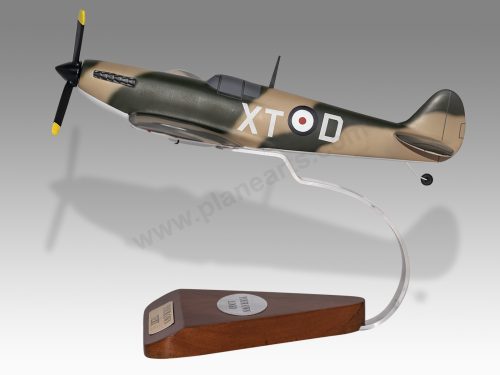
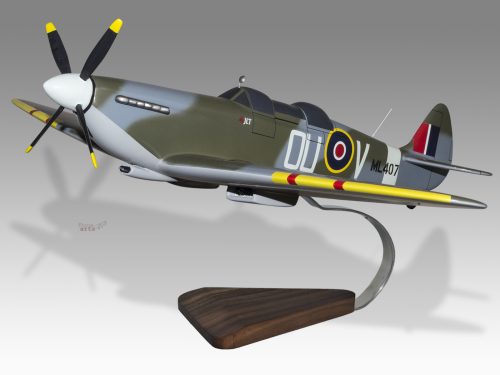



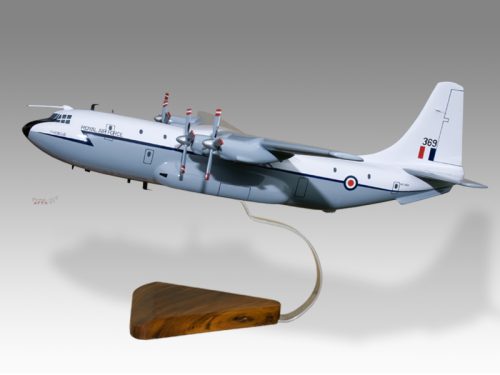

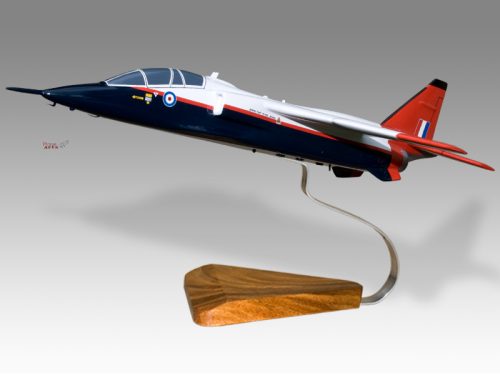
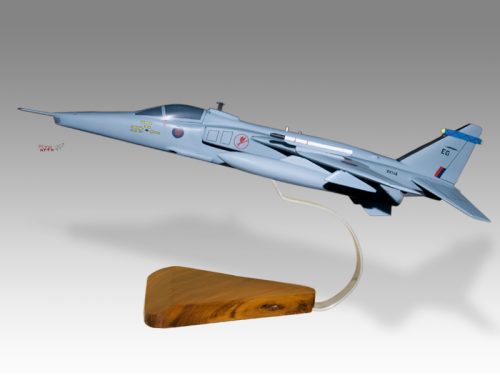
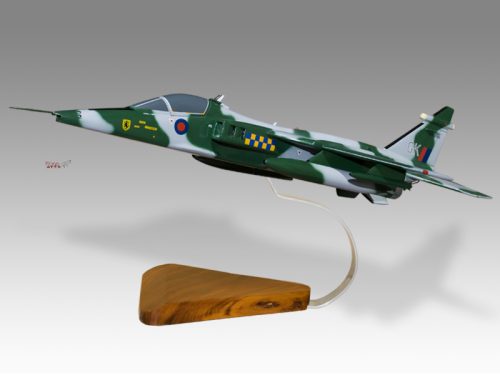
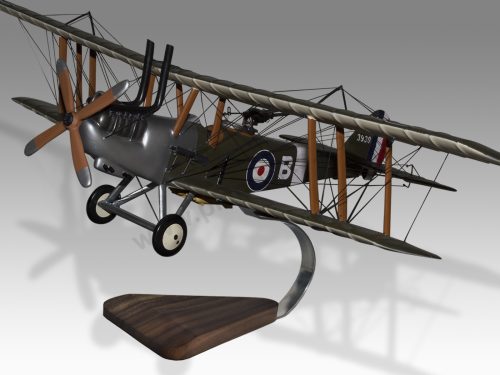
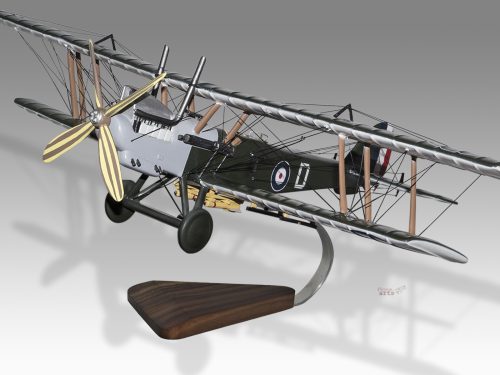
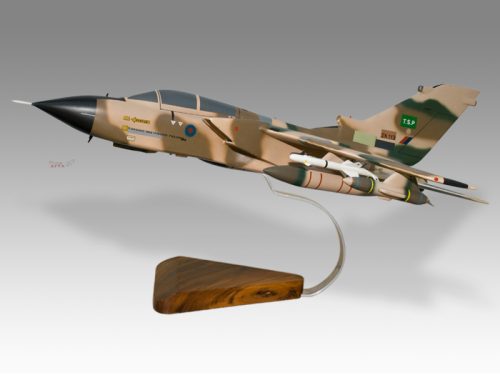
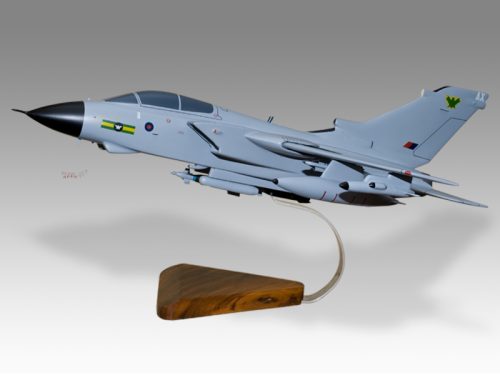
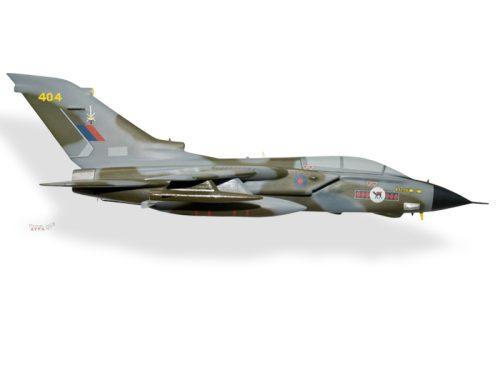
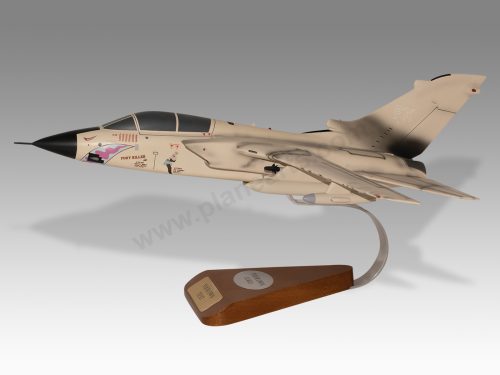
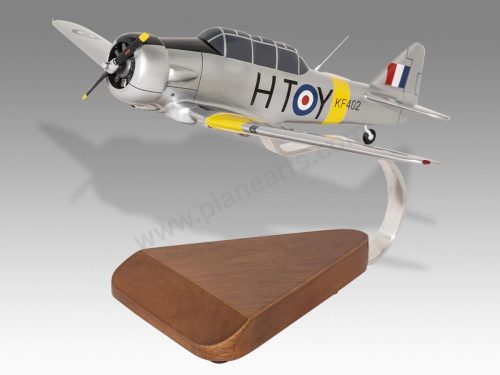

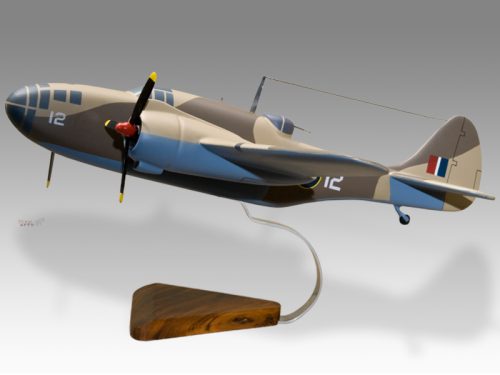
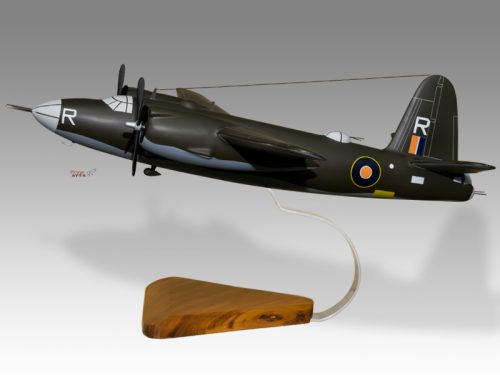

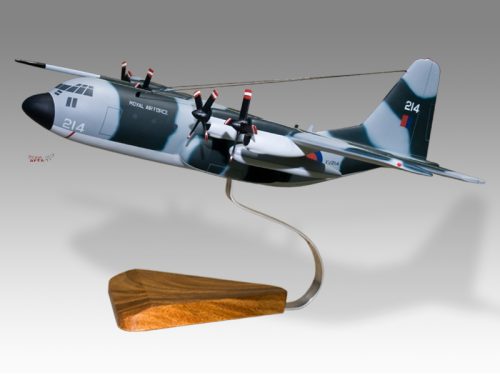



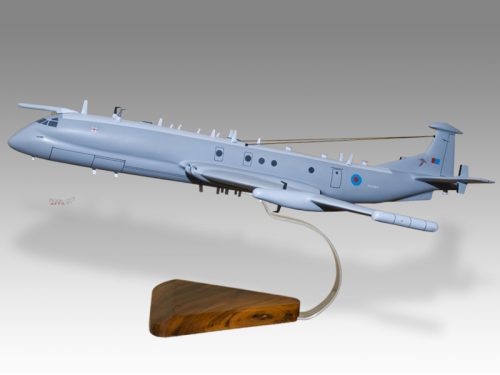
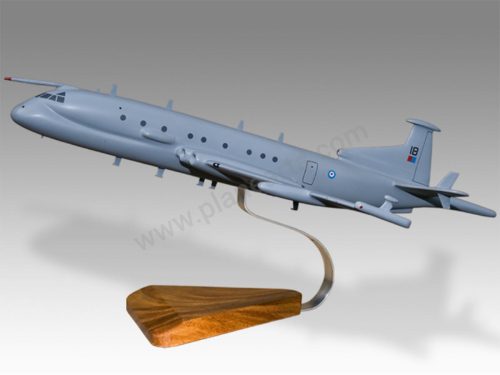


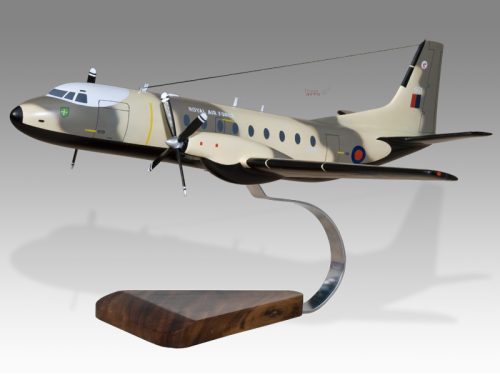


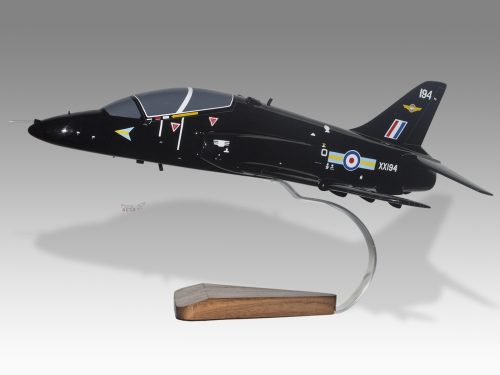
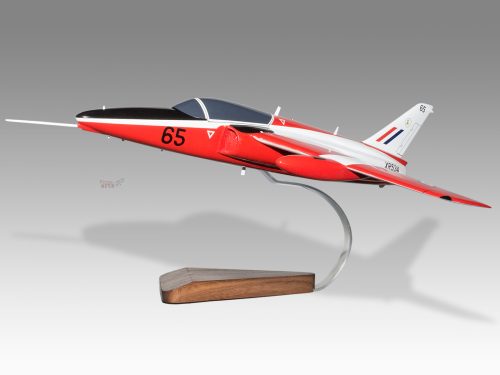
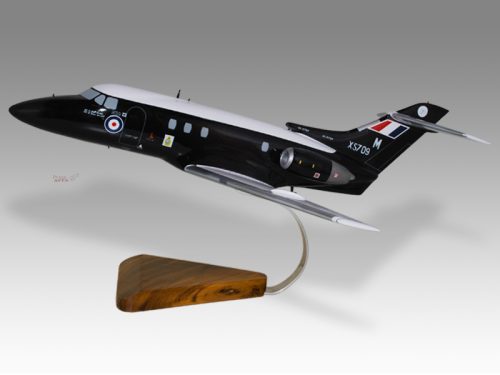
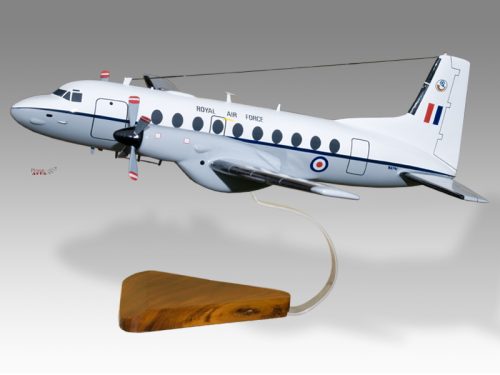
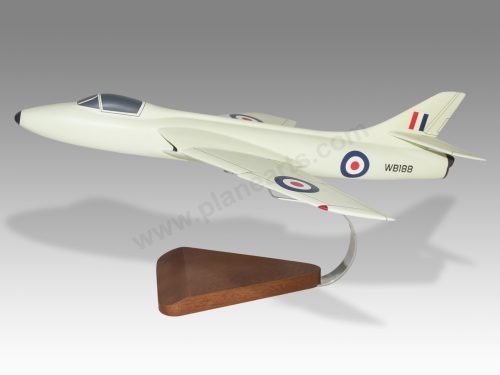
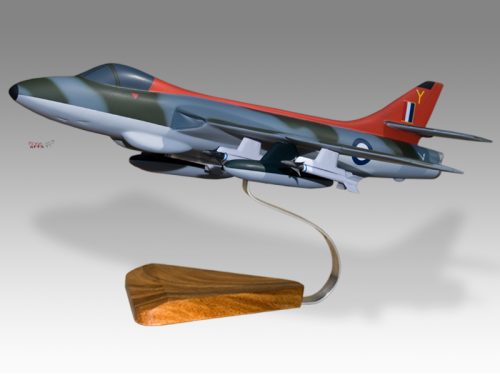

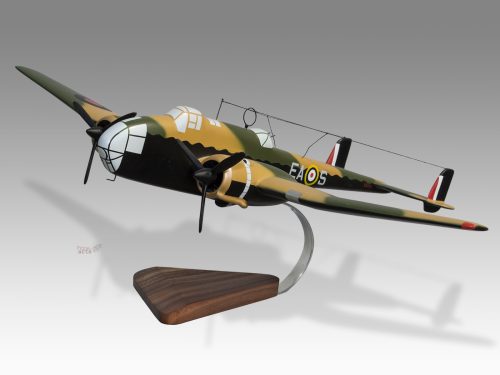

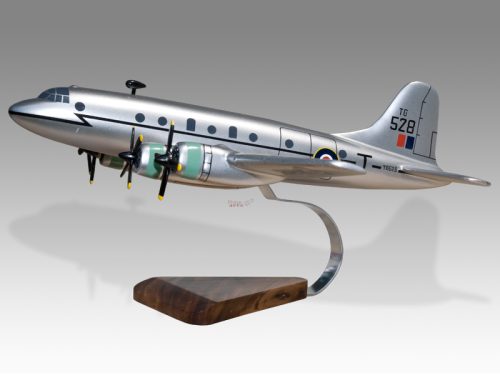
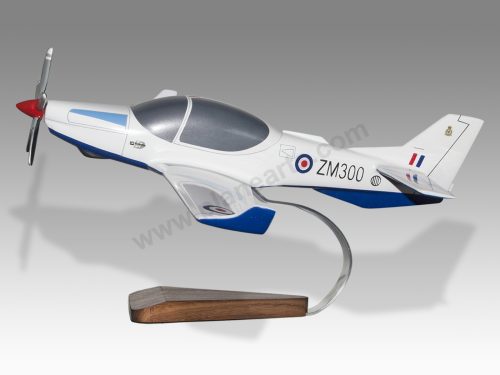

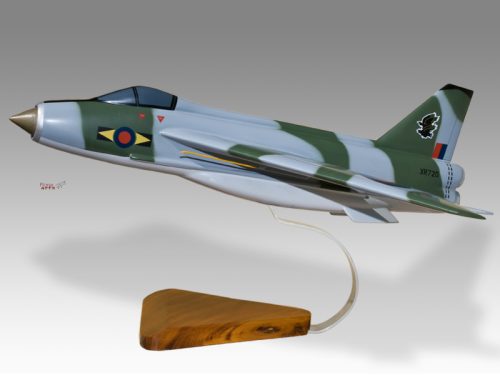


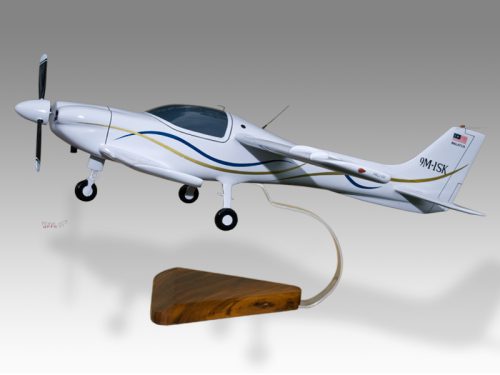
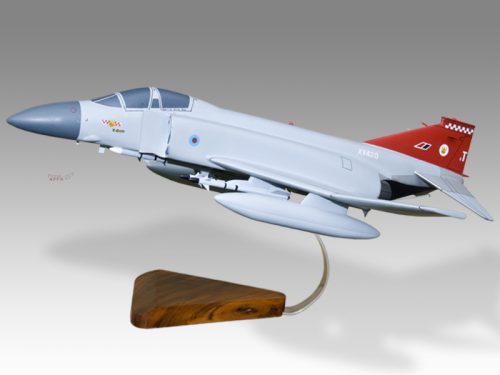
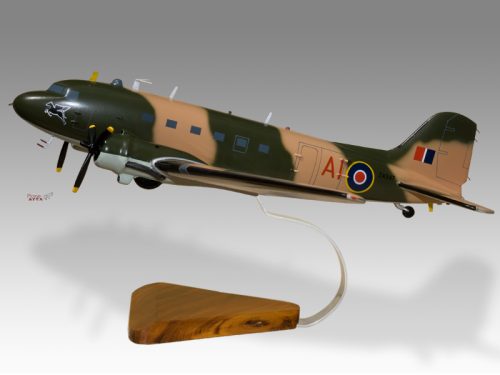

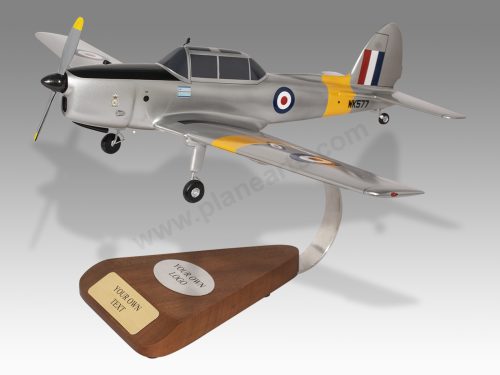
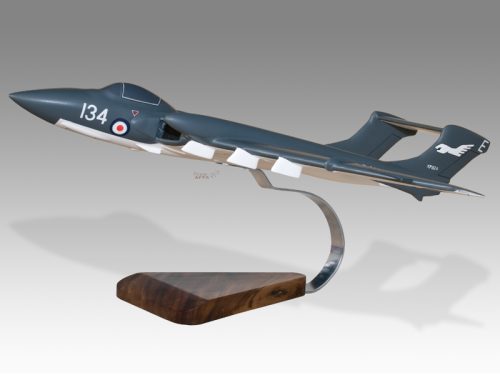
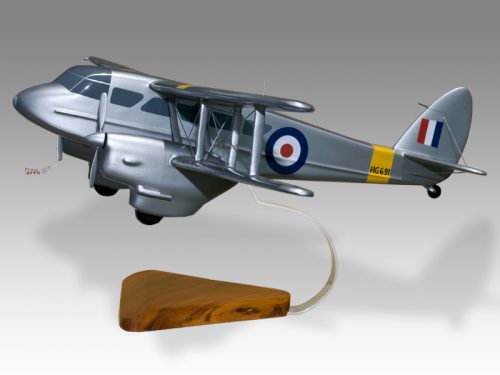
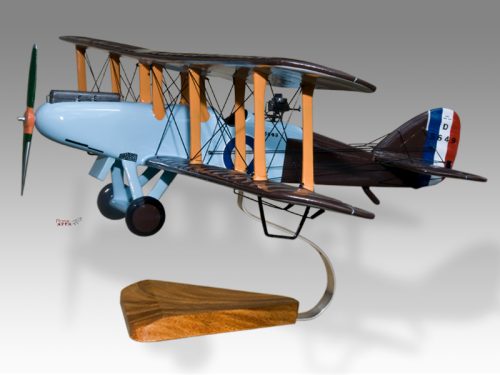
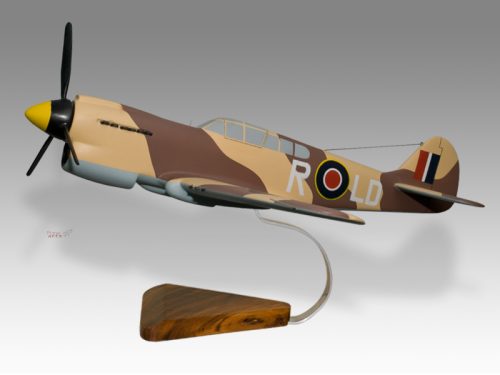

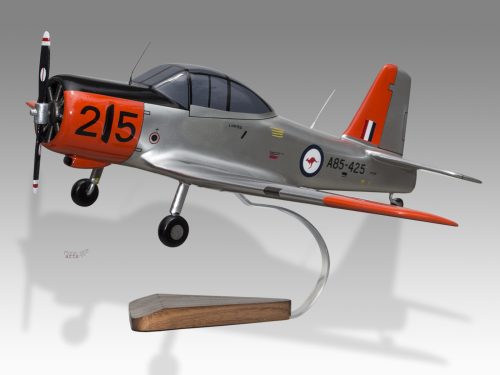

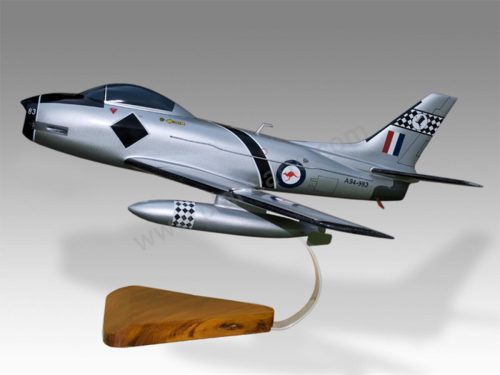
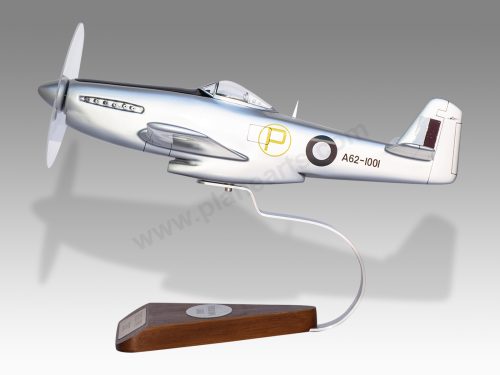
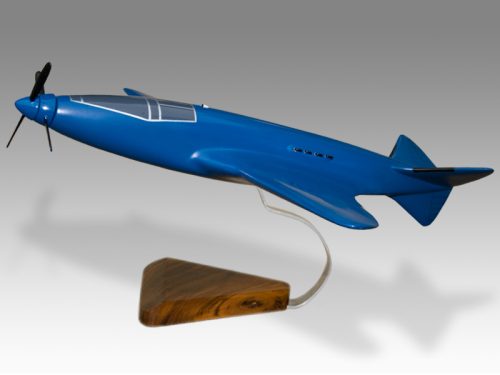
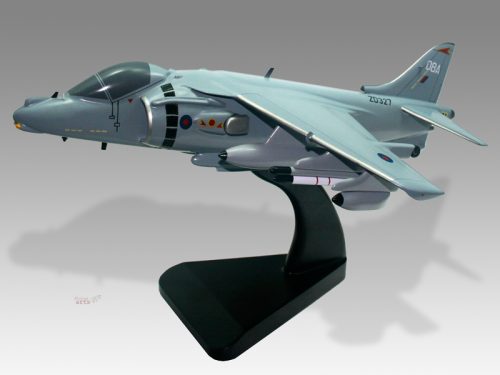
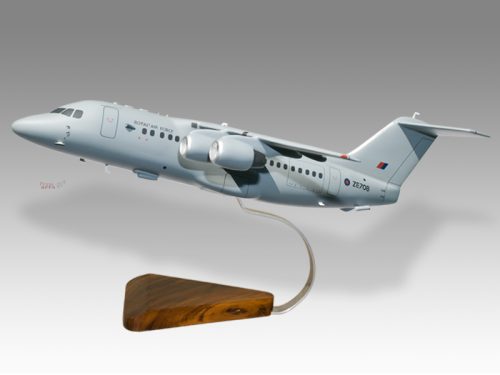

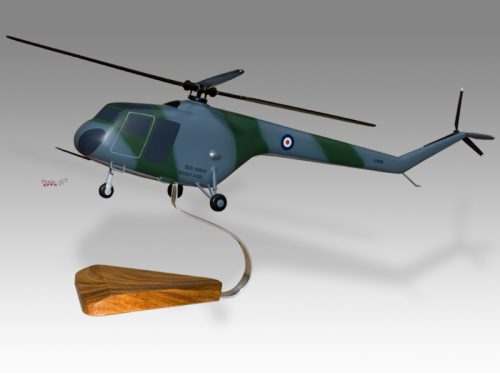
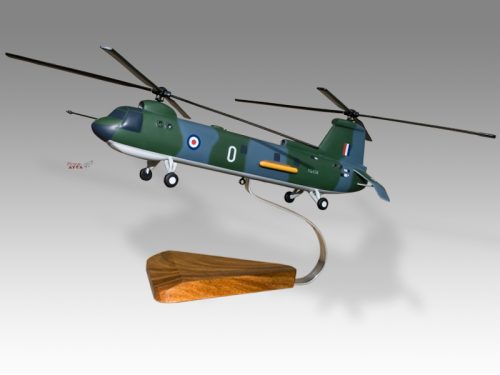

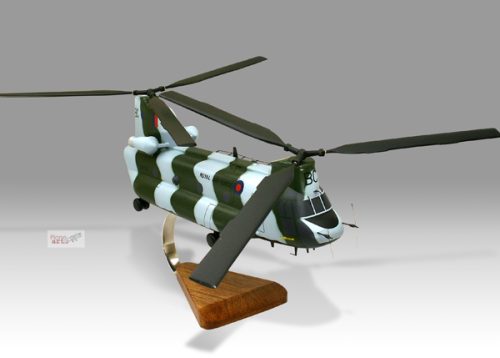
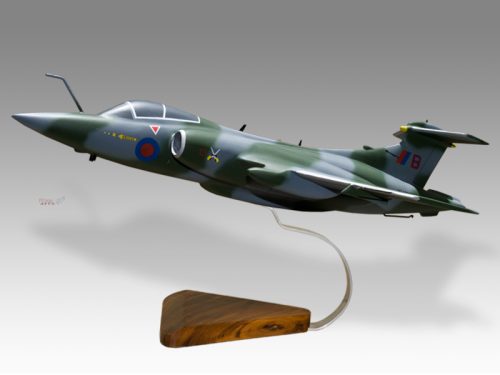
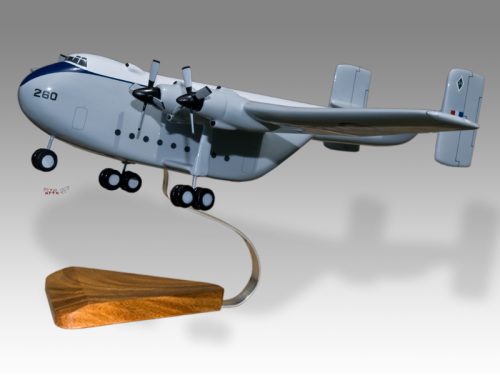
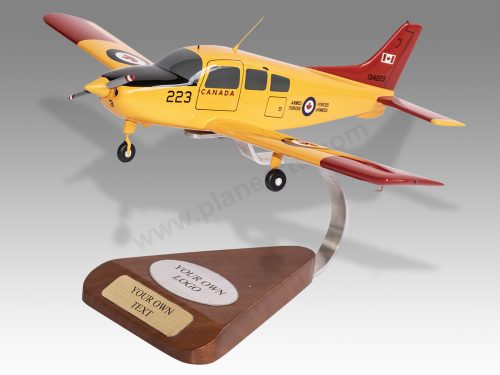
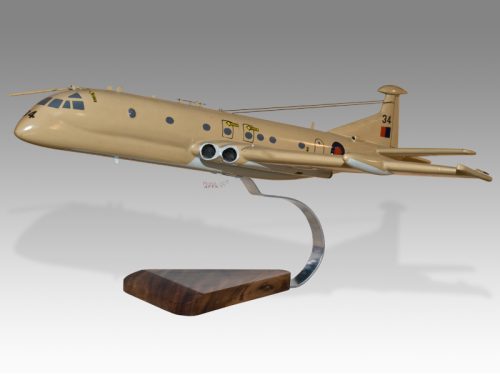

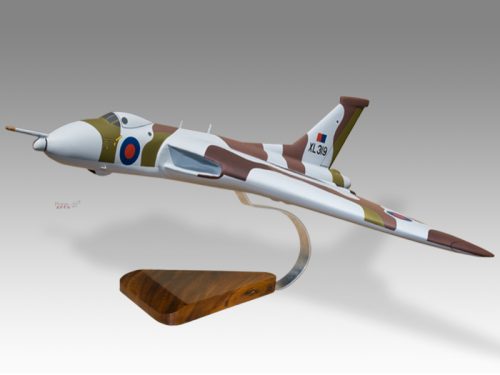
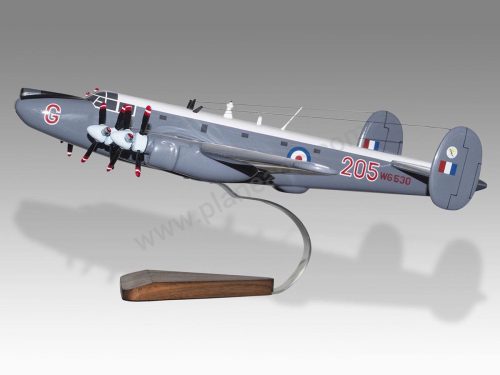

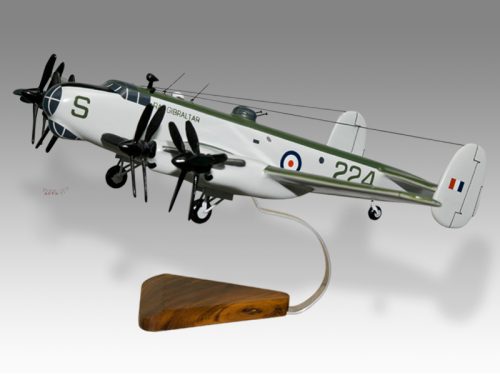
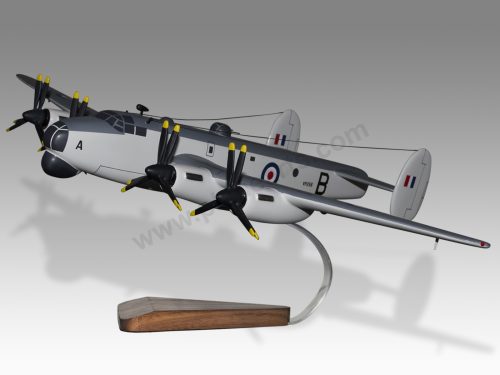
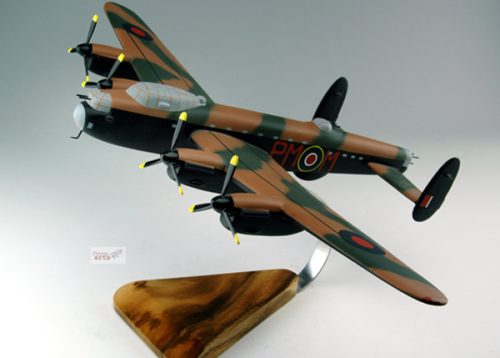
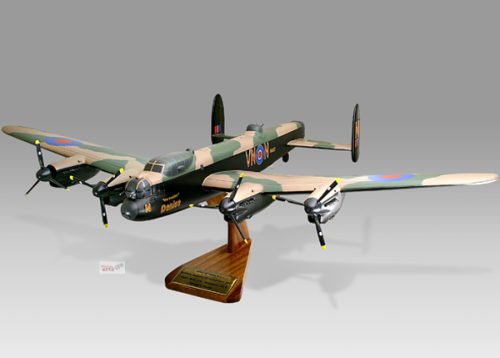
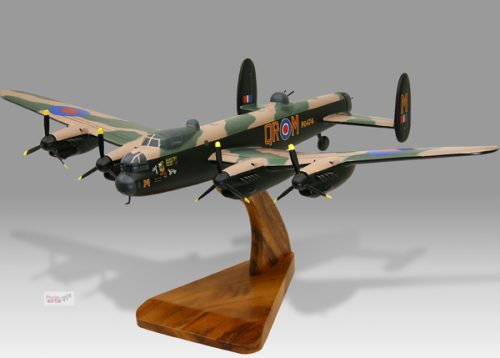


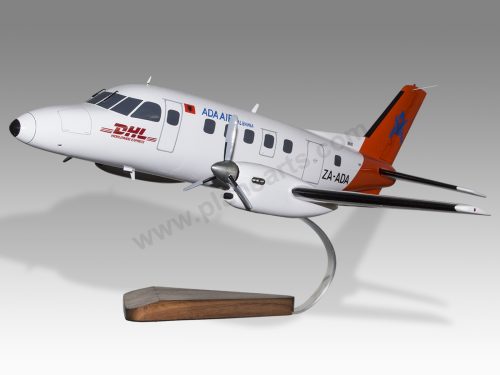

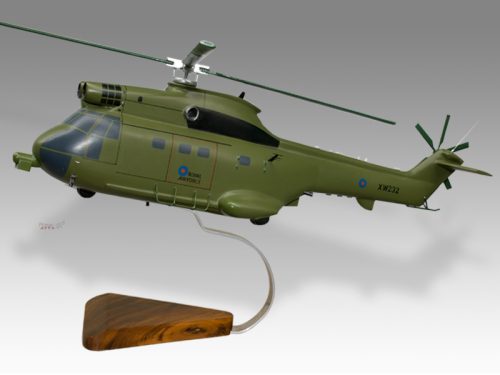

Reviews
There are no reviews yet.